How to successfully run your first online catalog campaign

1: Establish goals
The first thing you need to do is figure out what you want to do with an online catalog in the first place. What business goals do you want to you achieve?
- Should it persuade customers to make a purchase immediately?
- Or do you just want to inspire shoppers about a product category?
- Are you aiming to creating something that people will want to share?
- Do you want your audience to spend more time in catalog?
- Do you want to gather subscribers for your newsletter and increase your following?
Once you understand what you want to achieve you can ask yourself who you want to reach and create content to appeal specifically to that target group.
Yves Rocher for example, measures their success by the social media shares of their digital catalog:

If you're curious about how Yves Rocher Italia made their digital catalog the number 1 brand communication tool within a few weeks, read the case here.
As with every aspect of marketing, you need to start by asking yourself why you are exploring this method and define your goals.
2: Consider how shoppers should experience your catalog
Take a look at the catalog from Danish electronics retailer Power below.
Before the catalog appears, you can see Power chooses to display their logo for a few seconds. This briefly displayed logo is called a preloader.
They do this because they know the power of a strong brand idenity.
Next to the logo itself they have designed their digital catalog experience to heavily feature their brand colors, so shoppers will instantly recognize one of Power's online catalogs when they see it. By doing this, Power is ensuring that its customers get the same visual experience throughout all interaction with the brand.
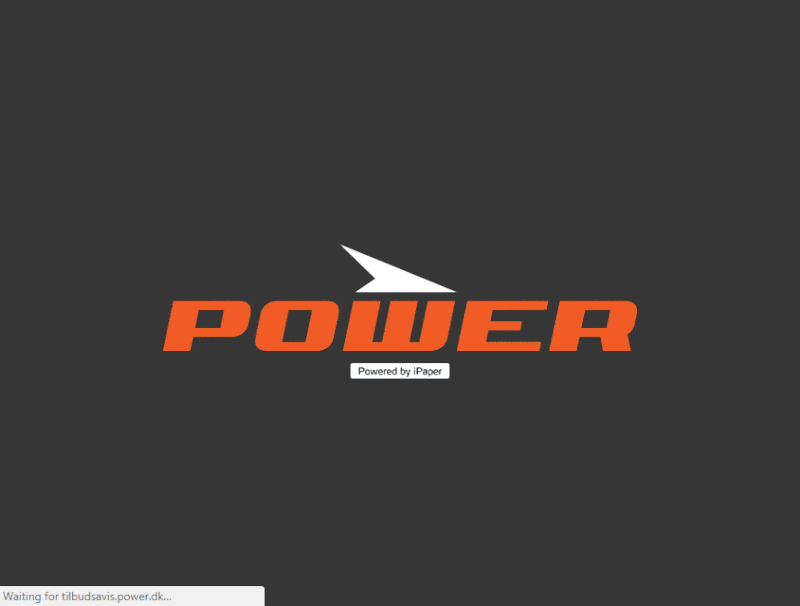
Depending on what solution you go with the put your catalogs online, there will be different options available to show of your catalog to shoppers.
At iPaper, we want to ensure that the environment the catalog is shown in reflects your brand as well as possible. That is why you havet he option to add your logo, brand colours and backgrounds to the viewer experience.
The viewer is everything that appears in the window that opens up the catalog, except for the catalog itself.
Brand identity can also be emphasized through a branded domain. Rather than your catalog's URL coming from your catalog maker platform, you can customize it so it comes directly from you.
For example, Power's online catalog URL is www.tilbudsavis.power.dk, rather than being hosted on a third-party vendor.
So, everywhere you go, Power has considered all bases making it a memorable, reliable and trustworthy shopping experience for its customers.
3: Start building your online catalog
Now that you’re familiar with the experience you want to provide, it’s time to start focusing on the catalog itself.
This is perhaps the most important step in this guide, so let’s take some time going through all the options.
When you use iPaper to build your online catalog, you can choose to add automated enrichments, such as links to product IDs.
These enrichments can direct customers to specific products, or invite them to explore further in your online store.
Besides links, you can also catch your audience’s eye with a wide range of enrichments aimed to enhance your online catalogs like videos, image carousels or animations.
With animations for example, you can show products from all angles or pull them apart to show their components, just like wholesaler brand Xindao does in their catalogs,
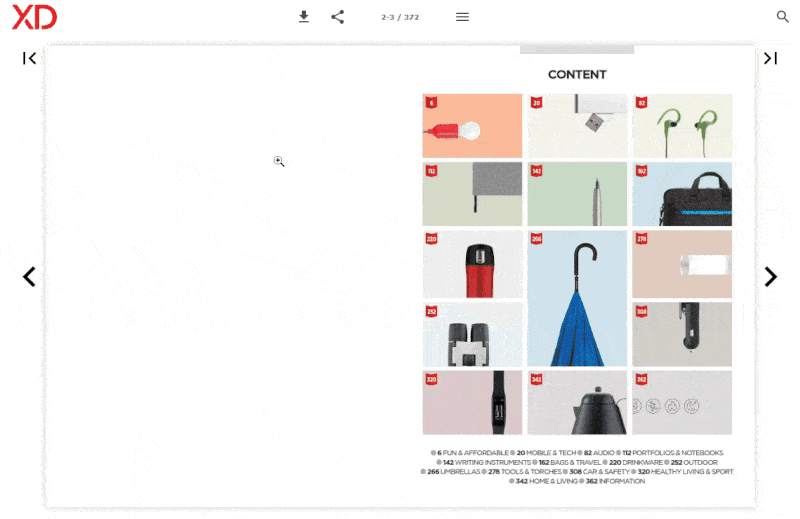
With iPaper, you can also add additional CTA's, such as forms and pop-ups, to your catalog viewer. As an example, take a look at this catalog from Suzuki.

See those messages popping up below the catalog? These pop-ups are valuable lead generation tools for their business, as customers can click on them to book test drives or find a distributor close to their home location.
4: Reach shoppers online
Once you’ve designed your catalog, you need to publish it online and find a way of getting it in front of your target audience.
Traditional print brochures need to be physically distributed either in person or via mail. This limits your reach. Moving your marketing materials online will make your promotions a lot more widely available.
Firstly, you need to think of your audience. You obviously want as many people as possible to see all your hard work, but you need to stick to your values.
Learn where your audience is, what they read and what social media channels they interact with, if any.
Next you can plan on sharing your catalog on these channels. You can for example send it out to your email subscribers to increase your target audience as much as possible.
Search engine optimization is another way to bring more traffic to your site, which ultimately means more eyeballs are browsing your online catalog. When you surround your catalog with informative articles, blog posts, and other content that online consumers want to read, you increase your chance of ranking highly in the search engine results pages.
Next ti push tactics, it's also imporant to make it easy for your customers to find the catalog online.
Danish supermarket chain Meny does this with a call-to-action to its online catalog permanently placed on their homepage.
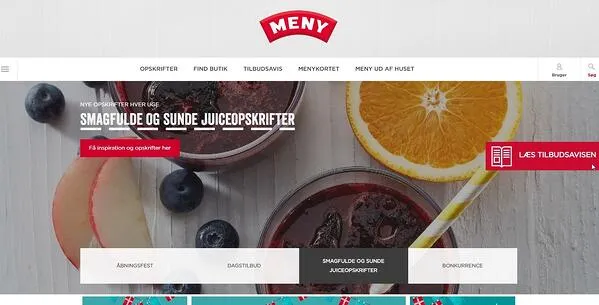
5: Analyze shopper behavior
Measuring audience engagement is challenging with traditional print marketing. But when you go online, things become more measurable and you will be able to see exactly what catches your audience’s eye. With this valuable information at your fingertips, you can optimize your content for maximum results.
Using iPaper, you get access to heat maps, which can help you find out which parts of your catalog your customers find most engaging and click on. We also have an integration with Google Analytics that can let you know how many readers are viewing your flipbook for the first time and how many are returning for a second look.
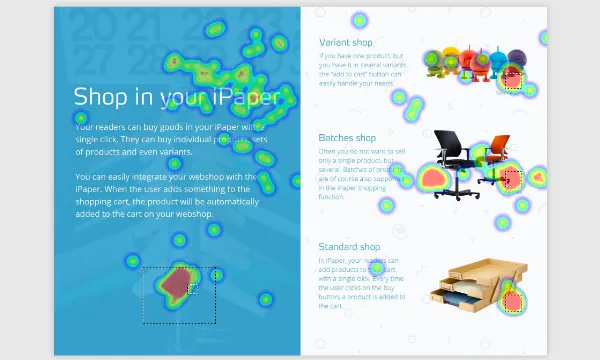
An added benefits of these analytics is the ability to track who’s viewing your catalog so you can determine who to target in the future. With paper leaflets and brochures, you have no way of knowing who opened your leaflet and who just tossed it in the bin. The ability to track your audience’s behavior will allow you to become more in touch with your target market and develop more targeted - and successful - marketing campaigns going forward.
Once you’ve got that covered, you’ll start seeing the impact to your bottom line.
Need to get the full overview?
Explore our Complete Guide to Digital Catalogs (All You Need To Know!)
Continue Reading
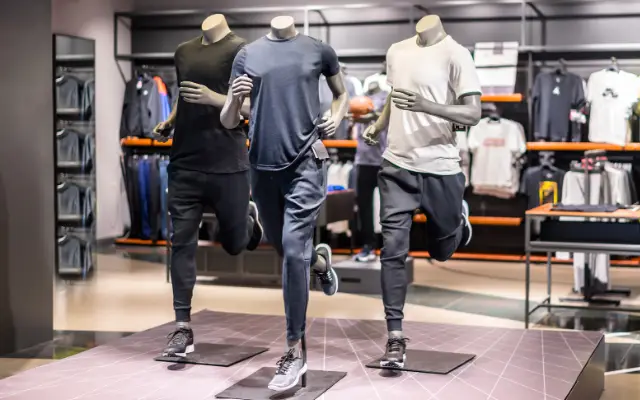
The impact of inspiration in online retail
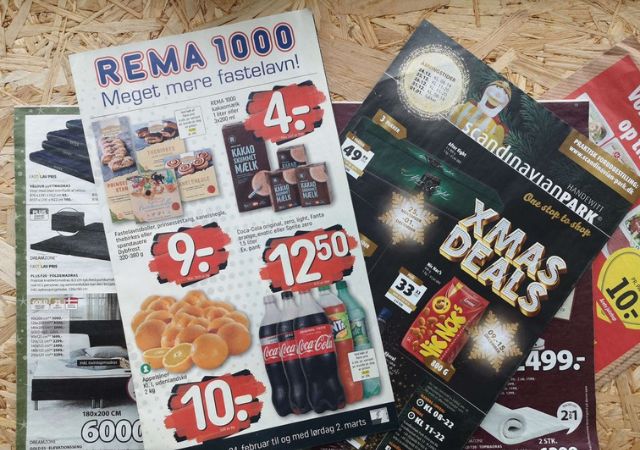
The biggest digital leaflet mistake (and how to fix it)
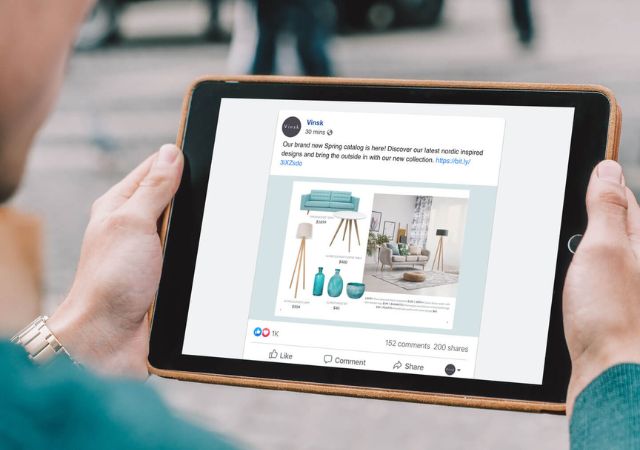
Maximize your catalog promotion across social media
Your catalogs will be in good hands
- We have over 19 year’s experience working with digital catalogs
- Our dedicated team of experts are on hand to guide you to success

